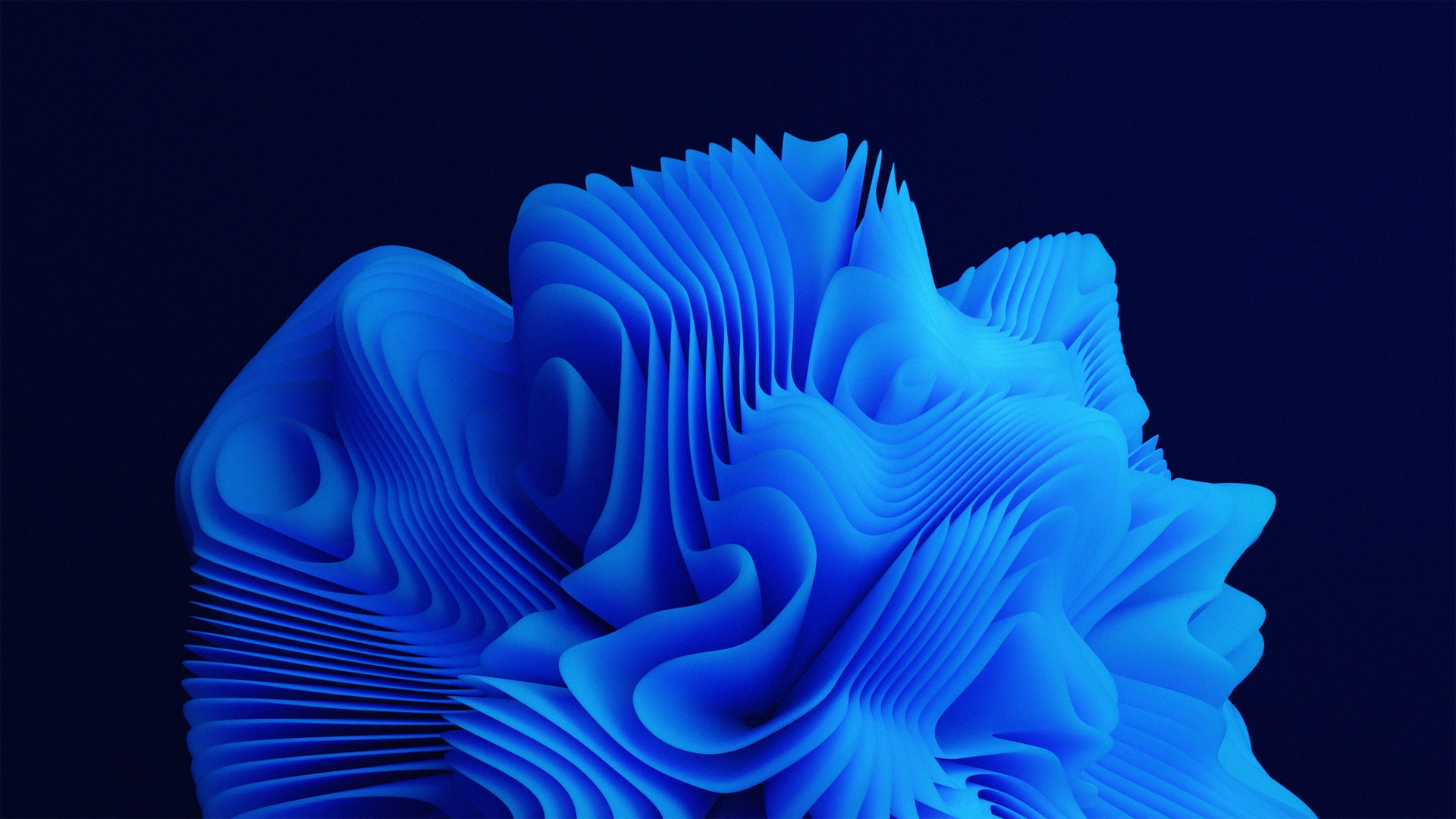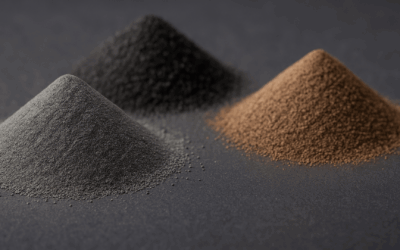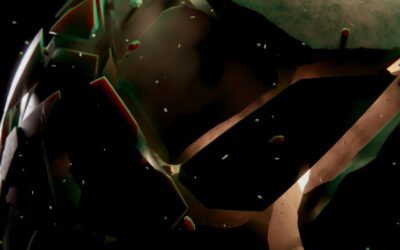For more, please join Novastar for an HP 3D Print Open House and workshop on Designing for Additive Manufacturing on March 8 at their Livonia Demo Center.
Register Here
–
Exploring the New Mindset for Designing for Additive Manufacturing
With greater knowledge of designing for additive manufacturing (DfAM), engineers and designers can take advantage of the new opportunities that additive manufacturing (AM) makes possible.
Advantages of 3D printing technologies include: incredible design freedom, faster innovation in product development reducing time to market, distributed manufacturing, less material waste, mass customization, lower cost by avoiding tooling, and more.
Adopting additive manufacturing involves more than just evaluating and procuring new equipment. It can reach its full potential if designers develop a new mindset.
Select the best candidate parts
Not all parts are good candidates for additive manufacturing. Depending on the technology one uses, parts may be too flat (can lead to warping) or too dense (uses too much material driving costs up) to benefit from AM. With some technologies, these challenges can be addressed in design by the orientation in the build unit for flat parts, or hollowing out the design for dense parts.
A part maybe too simple to take advantage of additive manufacturing and is best manufactured at lower cost with other manufacturing technologies.
Some of the best candidates for Additive are not end-use parts but rather jigs, fixtures or molds. Often these are needed in lower quantities, can be completely customized, and time and money saved as no tooling is required to fabricate them.
Part Consolidation & Assembly
Parts need to fit the build space or envelope of the printer– and if too big may need to be made as multiple parts, and later joined. Likewise, an assembly of multiple parts maybe able to be 3D printed as one part, saving costs of material, fabrication and labor.
Using Color or 3D Textures
Some parts can be enhanced by directly printing in color, for example, assembly instructions or serial numbers. In other cases, parts can be dyed any color after post production is complete.
Textures(honeycomb, lattice, knubs) can be functional or aesthetic – increasing the utility of the part (e.g., embossed serial numbers unique to each part) or its overall attractiveness and value.
Design for Post Processing
Most additive manufacturing technologies require post processing steps – removing support structures, additional machining, etc. With powder bed fusion 3D printing technologies, parts must have powder removed from their surface after printing. A designer could integrate holes in a part to facilitate the removal of powder during post processing, or make the part easier to bead blast.
Topology Optimization
A sophisticated technique, topology optimization software can be applied to a design to optimize the geometry of a part for light weighting (saving cost with less material), improved stiffness, size (to fit more parts in a build) or ergonomics – without compromising mechanical performance.
Design for Cost
Examines what drives part cost, how to reduce cost through part design, and results in strategies, techniques, and tools for minimizing cost per part.
Job Preparation
With powder bed fusion, for example, designers consider how parts are nested within the build chamber to make design decisions that impact cost reduction, final part quality and repeatability.
Techniques and strategies to successfully design for additive manufacturing vary widely depending on the 3D printing technology used. Manufacturers of 3D printers offer tutorials, training and onsite advice to their customers to assure they are successful applying the new mindset for designing for additive to meet their engineering challenges.
Mary Baumgarten is a principal and marketing director at Michigan-based 3D printer technology specialist Novastar Solutions. Mary began her career at ATT in advertising research in Denver and returned to Michigan to be the automotive research manager at RL Polk and continued her career with Leo Burnett Advertising as a database marketing account supervisor of a major automotive OEM account. In 2012, Mary joined Novastar as marketing manager and is now director of marketing. In 2016, Novastar became a founding HP 3D Printer Partner and since then Mary’s focus has been educating Michigan manufacturers about HP’s industrial plastic multi jet fusion technology. Mary has a Bachelor of Arts from University of Michigan and a Master in Business Administration from University of Colorado. She is a member of the Board of Governors for University of Michigan’s Alumni Club of Northville, Women in 3D Printing Detroit and is a member of SME




